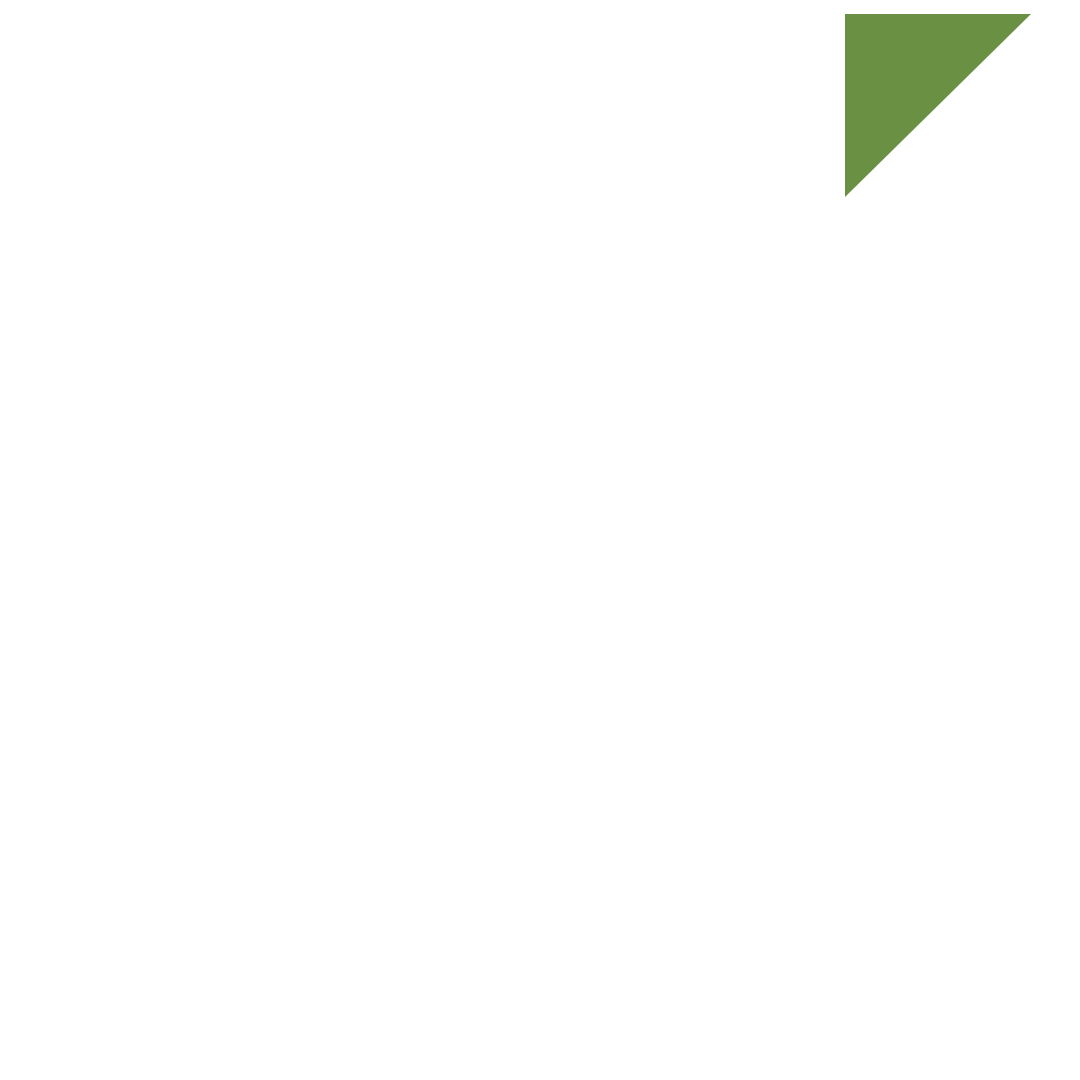Does technical analysis work in forex enjoy a massive significance in predicting currency movement? Learning how to use forex technical analysis in the best way, its tools, and its strategies is necessary for a trader to stand out from the crowd.

What is technical analysis?
Technical analysis is a popular method for effective decision-making to get the desired result. It is the study of historical data to predict the future movement.
Technical analysis is used in almost every field, especially in finance.Traders use technical analysis tools to determine which financial instrument to invest, when, and how much to invest.
The analysis method is used in forex, comex, stock, crypto and other financial markets to make the right prediction and make maximum profit.
A quick glance
Technical analysis is a popular method for effective decision-making to get the desired result. It is the study of historical data to predict the future movement.
Fundamental or technical analysis can be used to develop Forex trading strategies. A currency trader’s strategy is usually based on trading signals.
Moving Averages, Charts, Candlestick Patterns, Trend Analysis, Oscillators, and Bollinger Bands are major technical analysis tools.
- Wide Scope
- Best for intraday traders
- Predicting the market
- Risk Management
What is Technical analysis in forex trading?
Technical analysis is widely used in forex trading to determine when to buy or sell a currency pair using charts, indicators and other tools. It helps the trader to invest in the right currency pair at the right time.

Types of Forex Technical Analysis
Automated Technical Analysis: As the name suggests, robots, trading systems, algorithms and other artificial intelligence tools are used to analyze market movement in automated technical analysis.
Manual Technical Analysis: Under this method, expert and advanced traders, based on their experience, use technical indicators and predict future price movements.
Tools of Forex trading technical analysis
In order to learn forex technical analysis, it is essential to understand major technical indicators, their features and how to use them. Here are some major technical analysis tools.
Moving Averages: It is one of the advanced forex technical analysis tools used by forex brokers to determine price movements.
It helps the trader calculate an asset’s average price and identify pivot points of trading, such as opening, closing, and high and low prices. It also helps to identify the support and resistance levels.
Pros
Best for long-term trading.
Easy to use and understand.
Cons
It may produce false signals.
Not suitable for all trading strategies.
Charts: Charts are the most common and easy-to-understand technical analysis tools. It provides all the general information a trader needs, such as opening, closing, support and resistance levels.
Technical analysis chart patterns are of three types Line, Bar and Candlestick. Line and bar charts are traditional forms of chart used by veteran traders, while candlesticks are in trend these days.
Pro
Simplest of all tools.
You can customize them according to your needs.
Cons
Limited information.
Different interpretations for different traders.
Candlestick Patterns: It is amongst the best forex technical analysis tools widely popular at present. It is a traditional Japanese method used to predict future price movements.
Hammer, Shooting Star, Doji, Three black crows, Bullish Engulfing, Bearish Engulfing, and Morning Doji Star are popular candlestick charts. These charts visually interprets entry, exit, stop loss and stop order levels.
Pros
Complex information in a simplified manner.
Clear price details.
Best for Visual interpretation.
Cons
Limited information.
You cannot solely rely on this tool.
Trend Analysis: As the name suggests, this technical analysis tool provides key information on trading based on trends. There are three types of trends – downtrend, uptrend and sideways trends.
When the market price of an asset starts decreasing, there is a downtrend; when it starts increasing, there is an uptrend; when it neither moves up nor down, there is a sideways trend.
Pros
Clear and concise information.
Best for beginners.
Cons
Not provide real-time data.
Conjunction with other technical analysis methods
Oscillators: Relative Strength Index (RSI), Moving Average Convergence Divergence (MACD) and Stochastic Oscillator are major trading oscillator indicators widely used for technical analysis in forex trading.
Oscillartors indicate the overbought and oversold price movements in forex trading. It also helps the trader to determine the breakpoint prices.
- Moving Average Convergence Divergence: To identify the market movement
- Relative Strength Index: To measure the strength of the asset
- Stochastic Oscillator: To measure the price movement of assets.
Pros
Clear trading points.
Easy to understand
Cons
Lagging indicators.
It may produce false signals.
Bollinger Bands: These are amongst the popular Fx Technical analysis tools widely used by retail traders. These are the best to measure the market volatility of the assets.
The tool includes three bands that indicate key information about the asset. Edges bands reflect the volatility, and the middle band reflects the moving average.
When these bands are close, it indicates low volatility. Meanwhile, when these bands are far away, it indicates high volatility. Volatility in the currency market greatly affects traders’ buying and selling decisions.
Pros
Clear Visual representation.
Best to measure the volatility of assets.
Cons
Not suitable for all financial markets.
It may be subjective to traders.
Support and resistance levels: These are the most common tools for technical analysis in forex trading. It helps the trader identify a currency pair’s potential buying and selling position.
These are the trend lines that indicate the increase and decrease in the price of assets. Resistance is a level of price that is rejected from the past and may reject in future. Reaching these levels is an indication of selling.
Meanwhile, Support is a level of price that rebounded from the past and may bounce in future. Reaching these levels is an indication of buying.
Pros
It can use in different time frames.
Uses to confirm forex signals.
Cons
Not true in all cases.
Requires some changes for use in different markets.
Advantages of technical analysis
Wide Scope: Technical analysis is a crucial element used in forex and other financial organizations such as Comex, crypto and the stock market. Business organizations also use analysis to fulfill different objectives.
Best for intraday traders: Technical analysis is less time-consuming than fundamental analysis. Day traders placing multiple trades can use this analysis as results are derived quickly with the automated trading system.
Predicting the market: You can get crucial trade information such as opening and closing prices, stopping losses and take profit points and other trade management information to predict the market better.
Risk Management: Technical analysis helps traders to identify the trends, exit, entry, support and resistance levels that help you in managing your risk. It also helps you determine how much money to invest, in which currency pair to invest and your risk percentage.
Disadvantages of technical analysis
Subjective: Each person has their thought process and a different way of interpreting. You might have heard the example of a glass filled with water.
Some people perceive it as a half-empty glass; for some, it is half filled. Similarly, in technical analysis, different people interpret the indicators differently. So your prediction affects the result.
False signals: In financial trading, there are no such things as 100% accurate. The best technical indicator also produces false results sometimes. So you cannot solely rely on these indicators.
Knowledge-based approach: Using technical indicators may require some technical skills. It is essential to learn how to read these indicators and how to utilize them to increase their efficiency. One wrong interpretation may affect the whole result; without market knowledge, you cannot interpret it efficiently.
Over Dependency: Traders tend to depend solely on technical analysis, which is a big mistake. You have to consider sentimental and fundamental analysis for more accurate results.
The forex market is affected by various factors such as news, economic and other political reports. The market changes due to these fundamentals, and technical analysis relies on historical data. So, you must use other analyses also.
Conclusion
Technical analysis has both advantages and disadvantages. The chances of your success depend on how you use it. Ensure to use technical analysis in the best possible manner, and it is only possible after proper learning.
There are many Forex technical analysis books available to learn this analysis. It is essential to stay updated, use multiple technical indicators, identify trends, and check and analyze the results does technical analysis work in forex effectively.
Remember, even after using technical analysis in the best possible manner, there is no guarantee of 100% success. However, effectively using this analysis will reduce the chances of loss and maximize your profit.


0 Comments